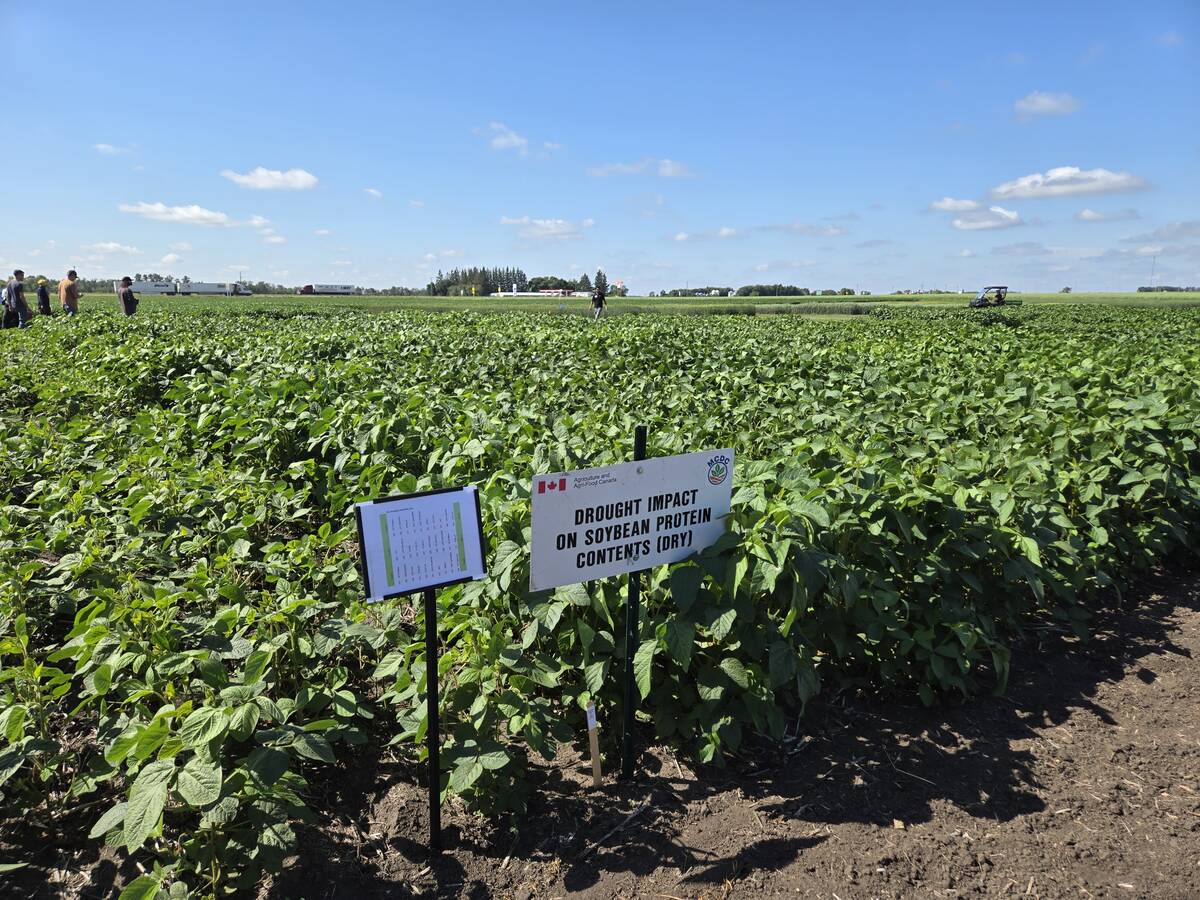Roger Pederson thinks big things are about to happen for Saskatchewan irrigators.
Two government reports issued last week give the Outlook farmer and president of the Saskatchewan Irrigation Projects Association (SIPA) hope that sustained development is finally in the works.
The province’s 25-year water security plan and a growth plan for the next eight years both highlighted irrigation.
“I’ve been at some of this for almost a lifetime. I would say I’m more optimistic that some good, big things are going to happen now than I’ve ever been.”
Read Also

Carberry field day looks for agriculture solutions
Manitoba farmers explored research solutions for resilient crops, perpetual agronomic issues and new kinds of agricultural products at a field day at the Manitoba Crop Diversification Centre in Carberry on Aug. 6.
Irrigation development has started and stopped several times over the years, but Pederson said the demand for water from Regina and Moose Jaw and the Regina-Moose Jaw industrial corridor has reached a critical point.
The system in the Qu’Appelle Valley that supplies the region from Buffalo Pound Lake isn’t adequate for future use, he said. The cities are growing, a new potash mine is under construction and other industrial users are expanding.
A proposed project would see water conveyed to the region from the Qu’Appelle Dam on Lake Diefenbaker. Some engineering work and conceptual plans have already been done, and Graham Parsons of Clifton Associate is completing an economic analysis for the province.
If it goes ahead, Pederson said Regina citizens would “have water of the quality they’ve never had before.”
Clean water could be either dropped into the Buffalo Pound reservoir or piped directly to the treatment plant, resulting in better quality water at the start of the treatment process.
Pederson said 120,000 acres or more of irrigation could be realized in conjunction with this project.
“We’re talking about a lot of dollars, but we’re also talking a time frame going 10 or 20 years before the irrigation is fully developed,” he said.
“Certainly the water demand and use can’t wait that long. It’s critical that something is started very soon.”















